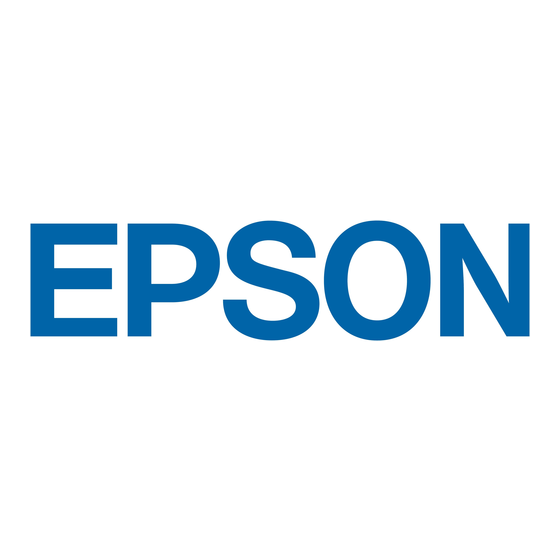Epson 1280 - Stylus Photo Color Inkjet Printer Aan de slag handleiding - Pagina 22
Blader online of download pdf Aan de slag handleiding voor {categorie_naam} Epson 1280 - Stylus Photo Color Inkjet Printer. Epson 1280 - Stylus Photo Color Inkjet Printer 32 pagina's. Product support bulletin(s)
Ook voor Epson 1280 - Stylus Photo Color Inkjet Printer: Cartridges vervangen (2 pagina's), Product ondersteunings bulletin (6 pagina's), Product ondersteunings bulletin (1 pagina's), Aanvullende handleiding (1 pagina's), Gebruikershandleiding (27 pagina's), Compatibiliteitshandleiding (1 pagina's), Aanvullende handleiding (2 pagina's), Start Here (2 pagina's), Brochure & specificaties (2 pagina's), Productinformatie (13 pagina's), Start hier Handleiding (6 pagina's), Specificaties (2 pagina's), Gebruikershandleiding (12 pagina's), Product ondersteunings bulletin (3 pagina's), Product ondersteunings bulletin (2 pagina's), Product ondersteunings bulletin (4 pagina's), Product ondersteunings bulletin (7 pagina's), Handleiding voor installatie-instructies (8 pagina's)

